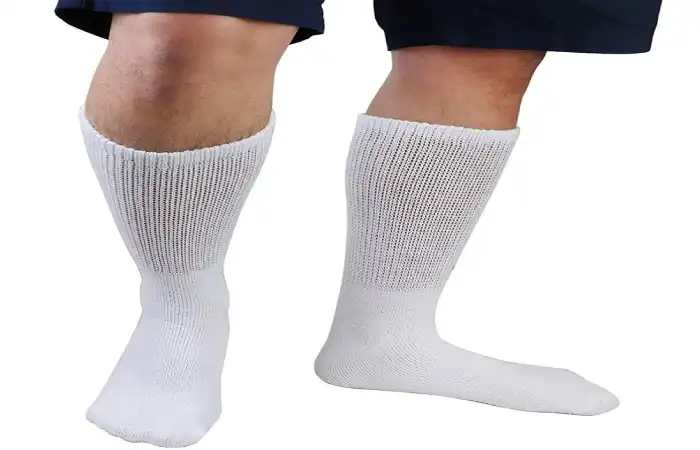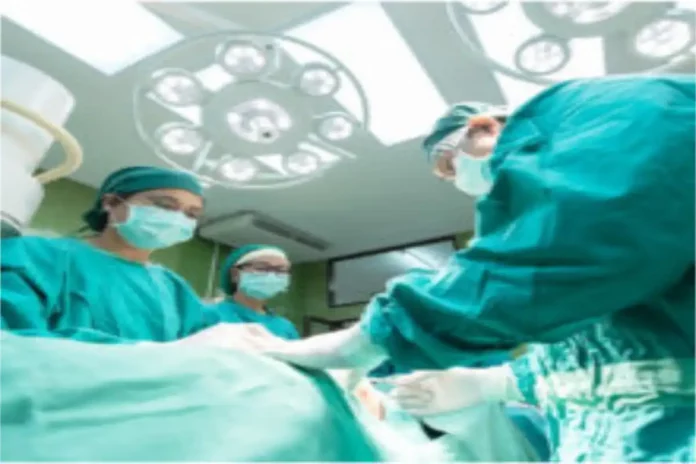Trends in Medical Technology
It’s nearly impossible to imagine how far medical technology has come in the last 10 years. It’s advancing at an exponential rate and starting to take over our lives. In recent trends, we’ve experienced AIs helping doctors diagnose illnesses, while phones are being used to monitor ECG signals to gather information about heart function.
In fact, doctors can now use technology to diagnose patients without ever seeing them face-to-face. This post, we dissect more interesting tech trends revolutionizing the world of medicine.
Table of Contents
1.Telemedicine
Telemedicine has been used for decades by various medical institutions, but the practice really saw a renaissance during the Covid-19 pandemic. By January 2020, about 25 percent of healthcare organizations have established telehealth programs.
This remain due in part to regulatory barriers being removed and giving health care companies greater latitude in experimenting with these setups. Organizations now have much more experience gathering data on how best to use this service, so telehealth practices remain now being much more carefully adopted across the industry.
2.More Wearables
Athletes may have been the first to wear wearable technology, but the trend has been moving steadily towards medical applications. While sensors such as the BCI Compatible Reusable SpO2 Soft Sensor have become well known, other new and advanced wearables are fast coming into limelight.
The continuous glucose monitors that don’t need to be removed at night are one such application. This is a huge leap for people with diabetes who previously had to test their blood sugar levels multiple times a day.
Diabetic Socks
There are many different types of socks for people with diabetes. Generally, they’re designed to minimize foot injuries and keep feet dry and warm. Finding the right pair means selecting socks that best meet your needs.
Here are some characteristics of diabetic socks:
- seamless: Socks with seams can rub against your skin and cause blisters or ulcers. Most diabetic socks remain made without them
- moisture-wicking: Keeping feet dry is important for preventing skin infections.
- breathable: Breathable fabrics help keep feet dry.
- warm: Diabetes can cause blood vessels to restrict, decreasing circulation to the feet. Fabrics that keep your feet warm help to improve blood circulation.
- square toe box: Socks that are too narrow can squeeze the toes, causing discomfort and allowing for moisture buildup between toes.
- fitted: Many diabetic socks conform to the foot and leg. This prevents loose fabric from rubbing against the skin and causing injuries.
- padded: Padding in the sock cushions the foot and protects it from injury.
3.Data-Driven Healthcare

Health care’s big data market remain predicted to touch nearly 70 billion dollars by 2025. As the collections of health data continue to accelerate, its applications become more widespread and its potential for improving treatment alternatives and patient outcomes skyrockets.
However it’s worth noticing that when it comes to transferring information between organizations, big data in healthcare has faced one major roadblock — interoperability.
Industries remain hooked up well enough but when an organization tries to transmit health records, their chances of being able to receive the files in the correct format remain slim. When Google Cloud announced their ambition to develop healthcare interoperability standards in November, 2020.
The industry’s big data potential became more of a reality. If centralized standards remain implemented throughout all of the various medical institutions of the U.S, then further progress on big data initiatives could remain more dynamic than before.
4.Robotic Surgery
Today’s health care applications rely heavily on robotic technology. Now that there have been more advancements, nanobots in the bloodstream are diagnosing and preventing illnesses even before patients know they’ve got them.
But perhaps the most noticeable application besides saving patients money is how robotic surgical technologies are assisting in surgeries.
Robotic surgery is less intrusive, more precise, less prone to infection, and heals faster than traditional surgery. Brain tumors can now remain examined using image-guided robots without causing any damage to the surrounding tissue.
They’ll be able to restructure bones for prosthesis with the same precision that only an experienced orthopedic surgeon could!
As awesome as these trends are, technology is progressive. By next year, we’ll probably be seeing more amazing technology improvements in the medical sector.


Review Latest Trends in Medical Technology.